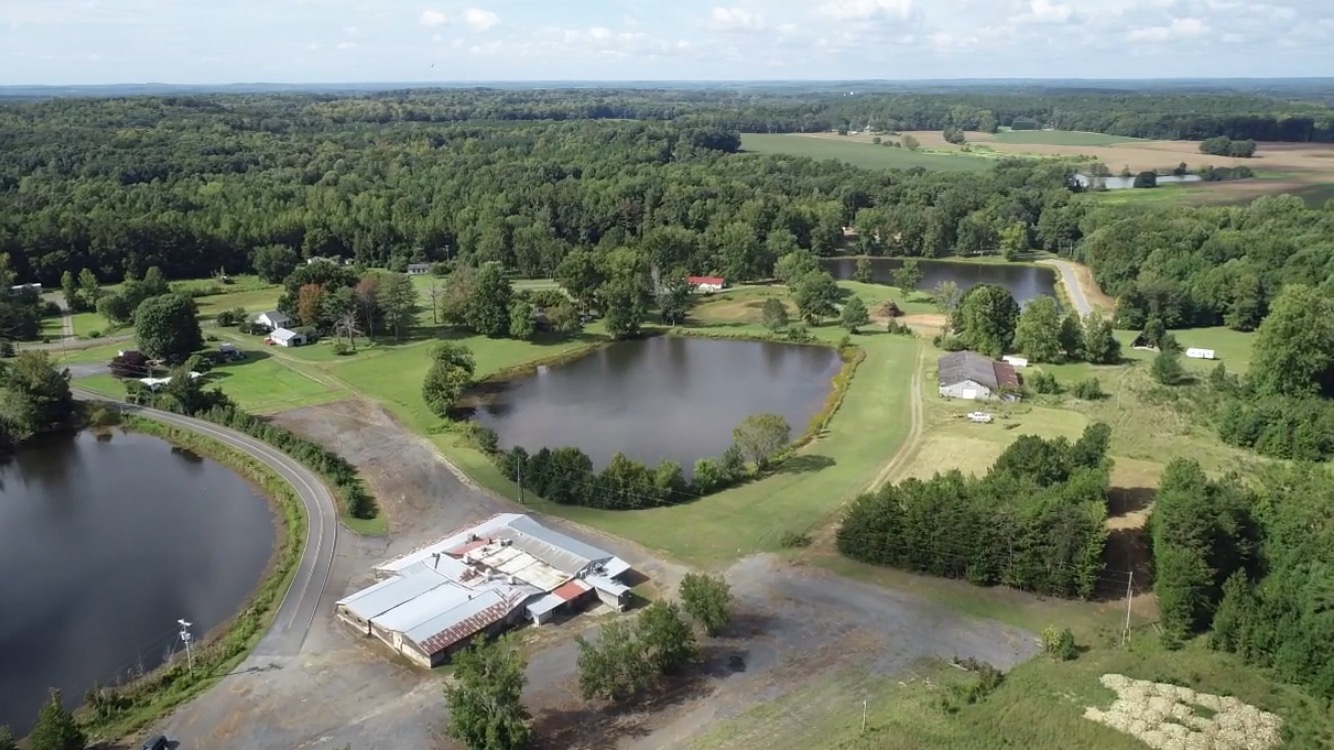DG MARTIN COLUMN: North Carolina and the world’s most famous bird
Published 1:30 pm Thursday, April 24, 2025
|
Getting your Trinity Audio player ready...
|
Was Flaco a Tar Heel?
First, who was Flaco?
“The Book of Flaco: The World’s Most Famous Bird” by David Gessner tells the story of Flaco, the Eurasian eagle-owl who, after 13 years confinement, escaped from Central Park Zoo on Feb. 2, 2023, when his cage was vandalized.

D.G. Martin
According to Gessner “Within days of his release Flaco was becoming known throughout the world, and within a couple of weeks Flaco mania was cresting. In a society that seems to value fame above all else, Flacco had it…The networks all covered Flaco, as did ‘Good Morning America.’”
People wanted to know where Flaco’s name from. In Spanish “flaco” means thin or skinny.
In his book, Gessner chronicles the year-long odyssey of Flaco and the human drama that followed the owl who captured the imaginations of New Yorkers and people around the world. Though he had previously spent his life in a small cage eating what his keepers provided each day,
Flaco learned to survive in New York City by catching and eating rats, squirrels, and birds. He was an immigrant coming from elsewhere to make it in the big city. Central Park, the island of green in an urban sea, became his new home territory.
Flaco’s urban adventure brought controversy, pitting those who felt he should be returned to the safety of the zoo against those who created the “Free Flaco” movement. The birding world was fractured over the ethics of the online sharing of his location that brought scores of enthusiasts to view him each day. And his end — with a grim necropsy revealing Flaco had suffered a viral infection from eating pigeons and had multiple rodenticides in his system — serves as a warning about the harm we have done to our urban environments, inspiring the passage of long-sought legislation protecting urban birds and regulations meant to reduce the use of rodenticides in New York City.
At Flaco’s death Naaman Zhou wrote in the Feb. 26, 2024, issue of The New Yorker, “The life of Flaco, the Eurasian eagle-owl who escaped from the Central Park Zoo, and who died this past Friday outside a building on the Upper West Side, can be divided into two main chapters. Chapter 1 spanned nearly thirteen years, mostly in the zoo — first in the Temperate Territory near the snow leopards and red pandas, and later opposite the loud chiming of the Delacorte Clock.
“The second started when Flaco spotted a hole in his cage, evidently made by a vandal, and departed. Flaco, who’d been born in captivity and whose species is not native to North America, swooped and roosted in Central Park, taught himself how to hunt — stunning scientists — and lived more than a year on his own before wildlife rescuers found him unresponsive after an apparent collision with a building on West Eighty-ninth Street.”
Most of Flaco’s life took place in Manhattan in New York.
Can North Carolinians claim any connection?
Yes! He was born in North Carolina. Or better said, he was hatched in our state at Sylvan Heights Bird Park in Scotland Neck in northeastern North Carolina’s Halifax County.
There is more. David Gessner, the book’s author, teaches at the University of North Carolina at Wilmington and was recently named the Thomas S. Kenan III Distinguished Professorship in Creative Writing.
Finally, the book’s national publisher is Blair in Durham.
I will look for Flaco’s name to be in next year’s World Almanac’s list of famous North Carolinians.
D.G. Martin, a retired lawyer, served as UNC-System’s vice president for public affairs and hosted PBS-NC’s “North Carolina Bookwatch.”






